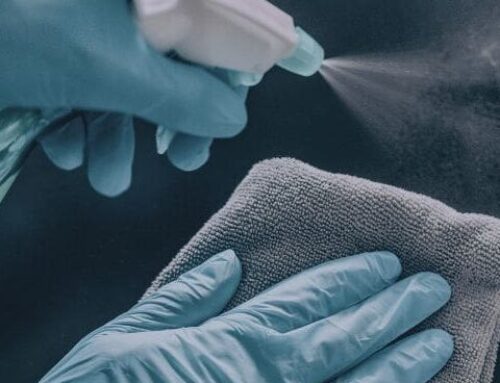March 2017
Most of Microchem’s clients are familiar with the opportunistic pathogenic fungus Candida albicans, which causes oral thrush, yeast infections, and occasional but serious systemic infections.
Recently, awareness has grown regarding a related species, Candida auris. Both fungi are naturally resistant to certain silver-based antimicrobials and some ordinary disinfectants.
C. auris was first described in Japan in 2009. The CDC issued a clinical alert in June 2016 requesting that cases in the U.S be monitored, properly identified, and reported. Since the clinical alert, C. auris has been isolated from U.S. patients with infections of the ear, blood, and urinary tract. As of February 16, 2017, a total of 35 cases have been reported in the U.S. C. auris often infects already-hospitalized patients and is frequently resistant to antifungal drugs.
To eliminate C. auris in the hospital environment, CDC recommends a thorough daily cleaning of infected patients’ rooms. The duration of increased infection control precautions should be based on reassessment of C. auris colonization.
CDC and EPA do not seem to agree on the proper way to disinfect the organism. CDC recommends that hospitals and nursing homes use disinfectants with a fungicidal claim to eliminate C. auris. EPA recommends disinfection with only disinfectants bearing a claim against C. difficile spores (which are difficult to disinfect but microbiologically unrelated to Candida auris cells).




